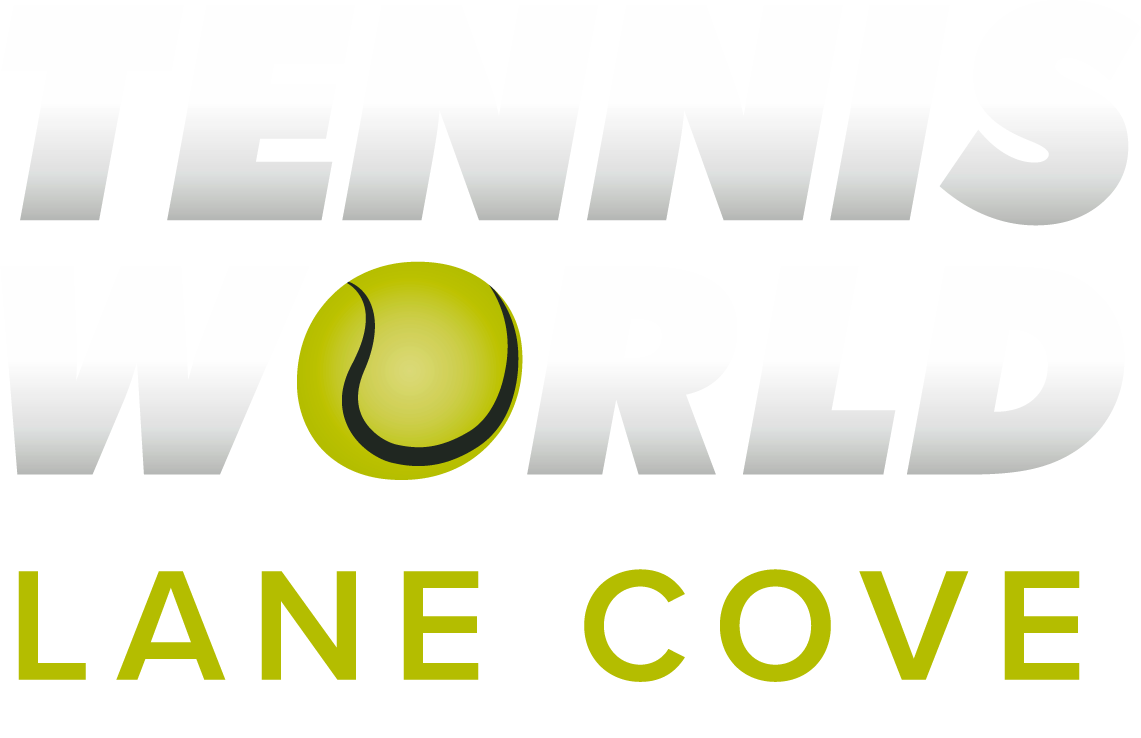What are the differences between clay, grass and concrete courts and how do the surfaces affect different players.
Have you ever wondered why Michael Chang excelled on the clay courts in the 1990’s while the great Pete Sampras, who has won all the major Grand Slams, has never won a Grand Slam played on a clay surface.
There are three main types of surfaces for courts; grass, hard-court (concrete) and clay.
Grass Courts
The most prestigious Grand Slam in the world is the Wimbledon Championships, and it is the only Grand Slam event that is played on grass. Some of the greatest exponents of grass play have won Wimbledon including Roger Federer, Pete Sampras and John McEnroe.
This surface is the fastest of all the tennis court services due to it’s slippery surface. Also the ball has a lower bounce due to the soil being softer than the materials used on the types of the other courts. The grass courts may also produce an unpredictable bounce to the ball due to the ball due to the softer and slightly uneven surface of grass.
Because of these traits of the grass courts with the ball moving faster and with a lower bounce it favours players who are proficient at the serve and volley game or who dominate the net.
Hard Courts
The main materials for hard courts are asphalt and concrete and are the most common type of surface as they are easy to maintain.
The ball travels at a slower speed than on grass but faster than on clay courts. Also the ball will tend to bounce higher due to the hard surface but it is very predictable as the surface is flat and easy to maintain.
The ITF (International Tennis Federation) generally consider that the hard court is a good surface for all types of players as it is a sort of middle ground between grass and clay. It is termed as Democratic Court which provides players favouring different styles of play, from the serve and volley player to a baseliner.
Despite this endorsement by the ITF, experts have expresses their opinions that hard courts favour players with a good serve as the surface is still considered fast and baseline players as the bounce of the ball is high and true.
Clay Courts
Clay courts are quite dramatic due to the deep red colour and are synonymous with the French Open Championships at Roland Garros in Paris. These types of courts are considered to be the slowest surfaces,
The clay surface is renowned for killing the speed of the ball and reducing the natural skid of the ball. The dusty service also causes the ball to bounce higher.
Due to all these characteristics clay courts reduces the speed of the ball which is hit by hard hitters as it slows down the speed of the ball, making it easier for an opponent to return the shot.
This possibly explains why players such as Pete Sampras, who favours the serve and volley game, has never won the French Open Championship which is the only Grand Slam played on a clay court. His dominance in the 1990’s was solely on grass and hard courts.
Clay courts are mostly favoured by baseline players and players who generate heavy spin on their shots, players like Michael Chang and Rafael Nadal who is often dubbed the King of Clay.
If you are interested in playing tennis in North Sydney then Tennis World Lane Cove have some of the best courts available.
To find out more or to make a booking, contact our friendly team today!
.


